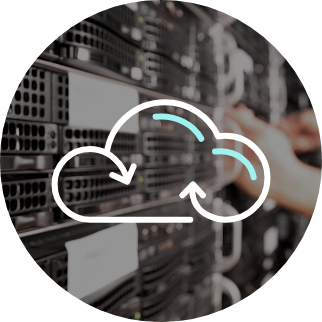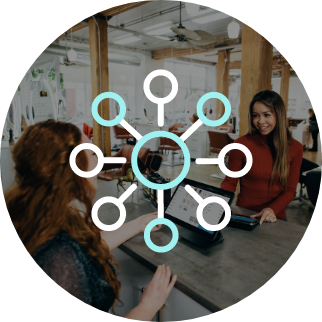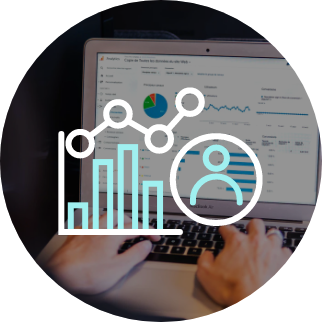The Requirements
The client needed a content management and distribution solution with the following capabilities:
- A hybrid CMS to support multiple content delivery models.
- Ability to create custom pages and reusable layout components.
- Rebuild the portal and native mobile apps with a fresh look and feel
- A rich and responsive UX to engage the users.
- Ability to auto-sync data from existing CMS to the new one with the D7 to D8 migration.
- Organized and appealing native mobile applications for Android and iOS users.
- A new application using the features of the Core CMS.
- Streamline the implementation of ads and analytics.
- Creating Learning Management System Pages for the associated educational institutions to deliver a personalized content experience to the users.
- Better content editorial experience.
Challenges
Our client faced the following challenges:
- Limited control over the existing CMS.
- Less flexibility, high maintenance cost, and no reusability options across brands.
- Little to no control over information placement on pages like advertisements and recommendations.
- High developer dependency to create pages and add components to article pages.
- Lack of opportunities to effectively engage portal or application users.
- Restricted content personalization.
- Zero advanced search capabilities for CMS, web, and apps.
- Maintain consistency of features across all brands.
The Solution
We transitioned the legacy CMS to Drupal-powered CMS, without compromising on the core CMS capabilities.
The CMS uses Drupal for both the frontend and backend. We have also built mobile apps with native Android/iOS architecture and exposed REST APIs to mobile users.
The solution employed a two-pronged approach to address the different needs of CMS users and product users. As a result, we implemented a multisite architecture and a multilingual website. Brand and UX consistency was retained across the multilingual site with global templates and content translation. The multilingual website is optimized with multilingual SEO for different languages. This will help our clients to reach a wider set of audiences globally.
We've developed the application architectures considering that the applications will run in a multilingual format and new applications will be developed with minimum effort and time.
Our Approach
We executed the transition of the legacy CMS to the Drupal-powered CMS by using EzContent, a Drupal Distribution built by Srijan, and Acquia Cloud Platform as the host. We implemented the Emulsify Design System for the web frontend. We used the Swift and Kotlin programming languages for native iOS and Android implementation respectively. Additionally, third-party integrations with different platforms, such as Cloudinary, Brightcove, Algolia, and Omny Studio, were built into the CMS.
Tech Stack
Business Benefits
Our content management solution offered the following benefits:
- Higher user retention on the web portal and mobile apps through new and improved UX.
- SEO-ready content.
- Enhanced control over advertisements.
- Significant reduction in the content publishing cycle for content editors.
- Easy creation of new web pages by content editors through Drupal layout builders and with no developer intervention.
- Push notifications for breaking news and the most important stories of the day to mobile apps.
- Faster omnichannel content delivery.
- Easy sharing of content on different social media platforms.
- Seamless interaction on multiple platforms.
- Personalized experience with news feeds based on user preferences.
- Viewing of live and exclusive content via live blogs, live broadcasting, and other formats.







